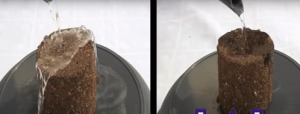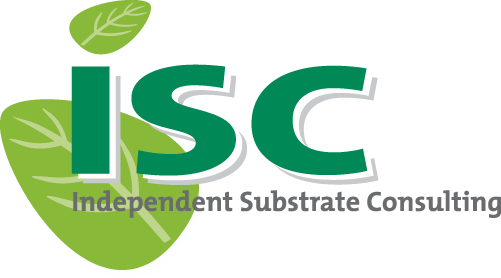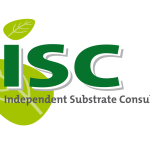Wetting Agent
 A plant needs water, air and nutrients.
A plant needs water, air and nutrients.
To get this optimally at the root, we use a growing medium: a substrate.
Many substrates are composed of several raw materials.
Peat is (despite the desire to reduce this share) still a very important component because of its unique properties, especially the water absorption and thus the availability of water for the plant.
Due to more and more additions of alternatives (coco, but especially bark, wood fiber, compost, etc.), the water adsorption of the total mixture is often reduced and the importance of the peat is therefore higher.
When peat dries out, it becomes hydrophobic (= water-repellent) which can be prevented with a good wetting agent.
A wetting agent lowers the surface tension so that water can be absorbed faster and better, so a kind of soap.
But of course you cannot use just any kind of soap for plants and the wetting agents used for substrates must therefore meet many requirements.
First of all, there are the requirements and expectations of the grower:
- It has to work fast
- It must work for a long time
- It should not be possible to wash out (so that it works throughout the cultivation period)
- It should not negatively affect plant growth
In addition, there are the legal requirements:
- It must be a safe product
- It must meet the legal requirements
For example, wetting agent also falls under the same law as fertilizers.
Your wetting agent must be covered by the “EU Fertilizer Regulations FPR-B-2019/1009”. (eur-lex.europa.eu/legal-content/EN/TXT/HTML/?uri=PI_COM:Ares(2021)898281&rid=15#:~:text=(9)Regulation (EU),this type of fertilising product.)
Another mark of quality is the RHP quality mark. (Home – RHP)
This quality mark guarantees the efficacy, safety and uniformity of products used in substrates.

 Next Post
Next Post